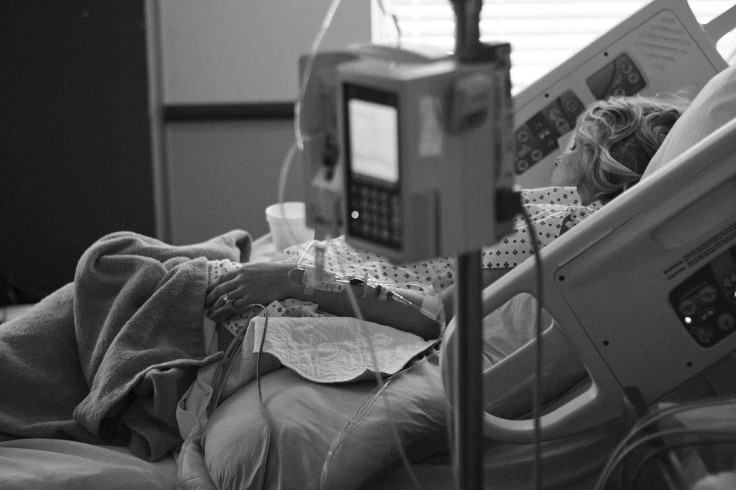Faulty Hospital Alarms Risk Patient Safety; One Of The Greatest Medical Technology Hazards In America

It’s not unusual to walk down the hall of a hospital wing and hear alarms blaring from within patient rooms. Imagine how nurses, who hear as many as 100 alarms during a single shift, would become desensitized to the noise. Acoustical consultant Dr. Ilene Busch-Vishniac from Johns Hopkins University has been studying this top medical technology hazard for over a decade and will present her findings to the Acoustical Society of America’s Spring 2016 Meeting in Salt Lake City this year.
“Almost half of all the alarms that go off in a hospital are not responded to in a timely fashion,” Busch-Vishniac told Medical Daily. “Ninety-three percent of alarms that go off are false alarms and don’t reflect a medically urgent situation. The staff learns this and lowers the impetus to check on the patient.”
Since 1960, hospitals have become progressively noisier over time, leading to a false-alarm environment. When the staff hears alarms constantly going off, they realize a large majority are not emergencies, which leaves them to respond at a slower pace. Busch-Vishniac and her colleagues coined this the “cry-wolf effect” after they graphed noise levels cited from a range of studies in 2005 and found the hospital’s noise pollution was so bad, the staff had to raise their voices to hear one another.
According to the American Nurses Association, hospital alarm fatigue is a very big problem within the hospital, which is understandable when nurses across the U.S. experience 8 million alarm errors every day. When used properly, medical alarms alert the nurse by providing crucial information to help make treatment decisions. When alarms are constant and mostly unintended, nurses and other clinicians may turn the alarms off, the volume down, or increase the amount of time the alarm can sound. This increases the potential for treatment errors, which may lead to permanent damage or fatal results.
The alarms are intended to notify nurses that patients have run out of medication, their vitals are not stable, or they’ve fallen out of bed. However, out of the 67 million alarms that go off every day in U.S. hospitals, only a tiny fraction of those patients actually need urgent care. Because of this, the Emergency Care Research Institute has repeatedly listed hospital alarms among the top five greatest medical technology hazards. In 2015, hospital alarms ranked number two.
“We have all of these alarm errors but only 500 patients need a timely response throughout the entire year,” Busch-Vishniac explained, adding that ignoring or delaying alarm systems can endanger patients’ lives. “This leads to roughly 200 deaths and 300 episodes, which includes loss of function or permanent damage to the patient.”
Busch-Vishniac says the video monitoring that some nurses stations now have, which allow nurses to see the patient when an alarm goes off, are showing positive effects. However, not all hospitals use them.
Her goal is to rethink alarm management design to implement a more effective alarm system for hospitals within the next 20 years. She concludes: “Our research says there’s something wrong with this system and it needs to be changed. We now know there’s a real problem. We’ve characterized the problem, now our next step will be to improve the system and decrease the number of alarms that go off without decreasing patient safety.”
Source: Busch-Vishniac I. Death by alarm: An error model of hospital alarms. Acoustical Society of America's Spring 2016 Meeting . 2016 .



























